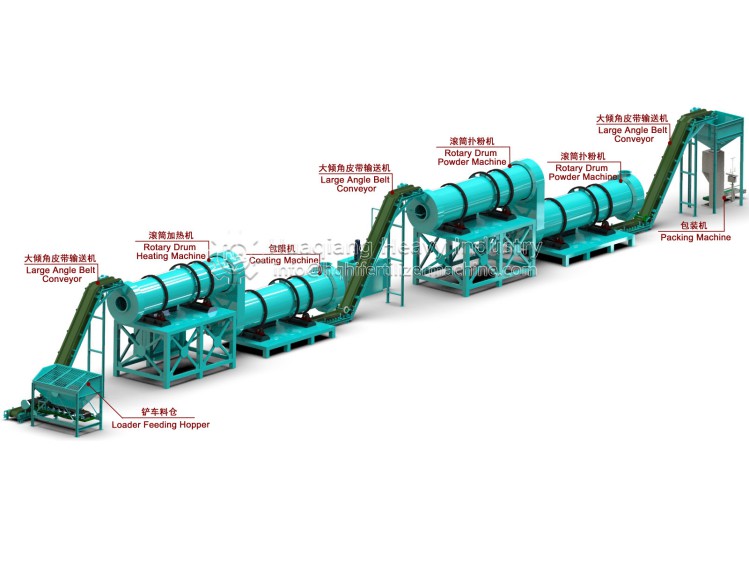Equipment and technology for building a small organic fertilizer production line
The small-scale organic fertilizer production line is either a powdery organic fertilizer production process line or a granular organic fertilizer production process line. Among them, the powdery organic fertilizer process line is a component of the granular organic fertilizer process line. Generally speaking, organic fertilizer production lines with an annual output of 20,000 tons and organic fertilizer production lines with an annual output of less than 20,000 tons are small-scale organic fertilizer production lines. According to the plans of most customers, the small-scale organic fertilizer production line basically has several major production lines of 5,000 tons, 10,000 tons, 15,000 tons, and 20,000 tons.
Since the powdered organic fertilizer production line is a component of the granular organic fertilizer production line, today we will use the granular organic fertilizer production line to describe in detail which organic fertilizer machine is required for the small-scale organic fertilizer production line process.

The process of the powdery organic fertilizer production line is clear. According to the fertilizer production process, the granular organic fertilizer production line is divided into crushing process, fermentation process, stirring and mixing process, granulating process, drying process, screening process, coating process, and packaging process. The process flow of powdered organic fertilizer includes the above-mentioned crushing process, fermentation process, and packaging process.
The core stage of the granular fertilizer production line is the granulation process. In the granulation process, the roller press granulator is generally used more. The roller press granulator has low investment and long service life. It is an organic fertilizer equipment that investors are more satisfied with. If it is necessary to add some NPK to the organic fertilizer to produce organic and inorganic fertilizers, the fertilizer granulator needs to choose a fertilizer granulator that is practical for organic and inorganic granulation. The fertilizer granulator I recommend here is NPK and organic fertilizer granulator.







.jpg)
